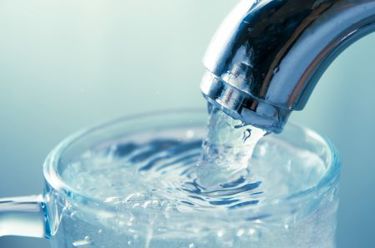The Importance Of Copper Testing In Drinking Water

Copper is a metal that occurs naturally in the environment and is a necessary dietary mineral. When present in drinking water above certain levels, however, it can pose significant health risks, including liver or kidney damage. The source of copper in drinking water is often the corrosion of copper pipes in the water supply system, especially in acidic water conditions.
In the United States, the Environmental Protection Agency (EPA) regulates the level of copper in drinking water through the Safe Drinking Water Act (SDWA). The current action level the EPA sets is 1.3 milligrams per liter (mg/L) or parts per million (ppm). Water utilities must monitor copper levels in their distribution systems and take remedial action if copper levels exceed this threshold.
Get unlimited access to:
Enter your credentials below to log in. Not yet a member of Water Online? Subscribe today.
